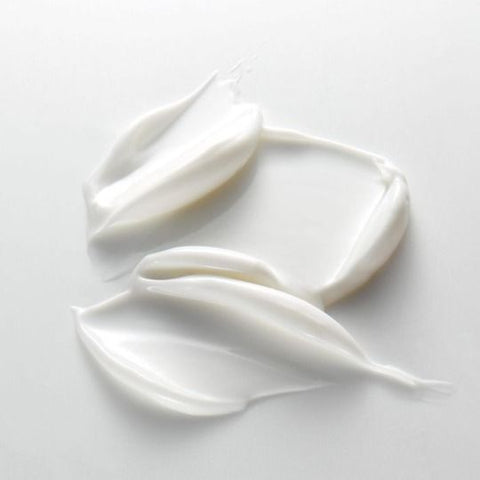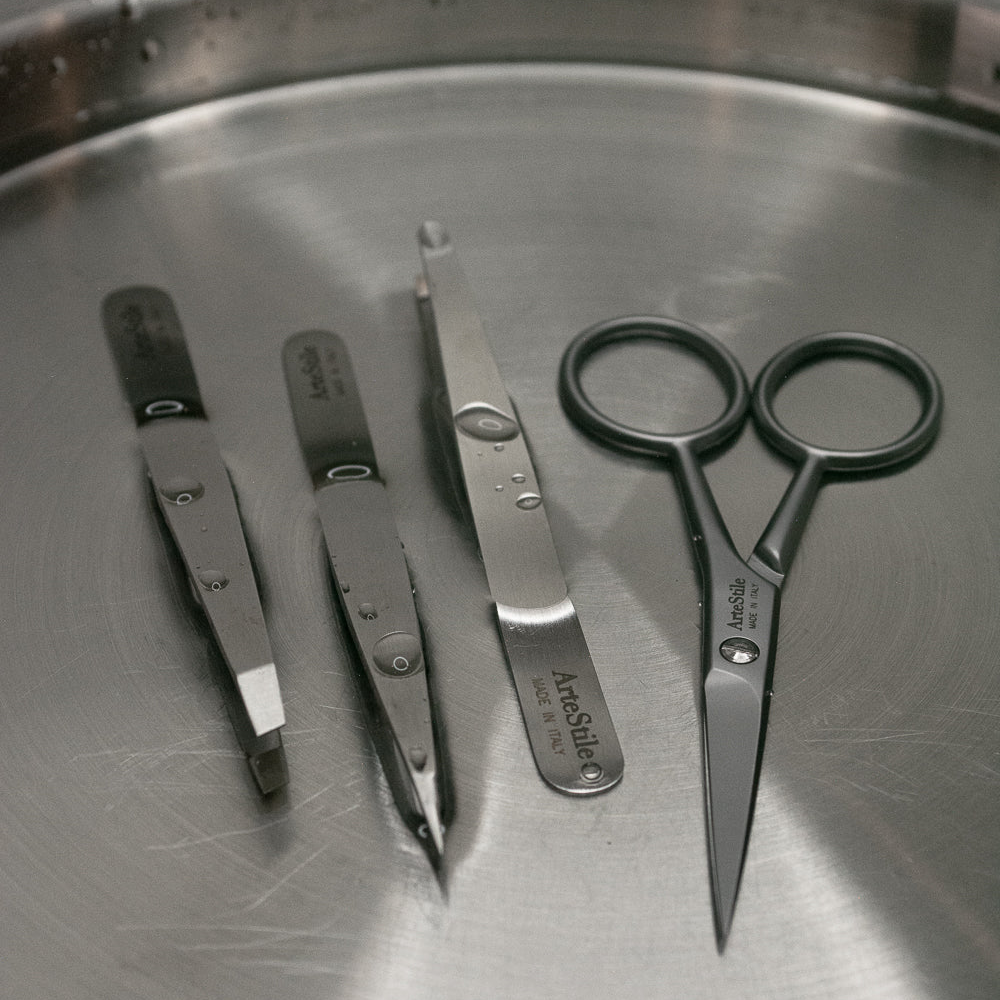by beauty expert Katey Kristabelle

A moisturizer is meant to keep your face hydrated, and to mimic and work with your skin’s own hydrolipid skin barrier. It acts as a dam to keep the moisture of your skin sealed. When your skin is dry and dehydrated, it becomes more sensitized, inflamed, and vulnerable to the elements. There are three different types of moisturizers: oil-based or emollients, water-based or humectants and occlusives.

image via pinterest
Emollients - Oil Based Moisturizers
These come in creams, lotions, oils, balms, and ointments. Emollients are oil-based moisturizers designed to rebuild the lost lipids in your skin. They hydrate, protect and smooth out your dry and rough skin. Besides these properties, they also act as a balancing agent for your skin’s microbiome to lower any inflammatory tendencies.

image via pinterest
Humectants- Water Based Moisturizers
This type works to deliver moisture (water) into the skin. Humectants contain amino acids, glycerol, lactic acids and hyaluronic acids. And can come in the form of fluid lotions, serums, and gels.
Occlusives
These moisturizers actually act as a physical barrier for your skin while preventing water loss. These are either wax, butters, or oil-based. The consistency of these moisturizers is thicker and can be very protective and nourishing for the skin.

image via pinterest
Bonus tip:
Damp skin absorbs better than very dry skin, so always apply your skincare products to damp skin or use a hydrosol spray to prepare it for drinking in the rest of your skincare routine.
Unsure of how to layer your skincare products? Check out our blog post, The Ultimate Guide On How To Layer Your Skin Care Routine






